Perennial ryegrass (Lolium perenne) is popular for homeowners seeking a vibrant, resilient lawn. Known for its rapid growth, tolerance to cold and shade, and ability to handle moderate wear and tear, it thrives in various climates and provides year-round green coverage. However, understanding its specific needs and potential challenges is crucial for homeowners to cultivate a healthy and thriving lawn.
Planting Perennial Ryegrass

- Soil Preparation: Perennial ryegrass prefers well-drained, slightly acidic soil with a pH between 6.0 and 7.0. Amend the soil with organic matter like compost or peat moss to improve drainage and nutrient content.
- Seeding Or Sodding: Perennial ryegrass can be established through seeding or sodding. Seeding is more cost-effective but requires patience for the grass to establish fully. Sodding provides instant green coverage but can be more expensive.
- Seed Depth & Amount: When seeding, aim for a depth of ¼-inch and a rate of 4-5 pounds per 1,000 square feet. Sod layer thickness should be 1-2 inches.
- Watering & Mulching: Water the newly seeded or sodded lawn regularly to maintain soil moisture until germination. Apply a 2-3-inch layer of organic mulch to suppress weeds, conserve moisture, and regulate soil temperature.
Maintaining Perennial Ryegrass
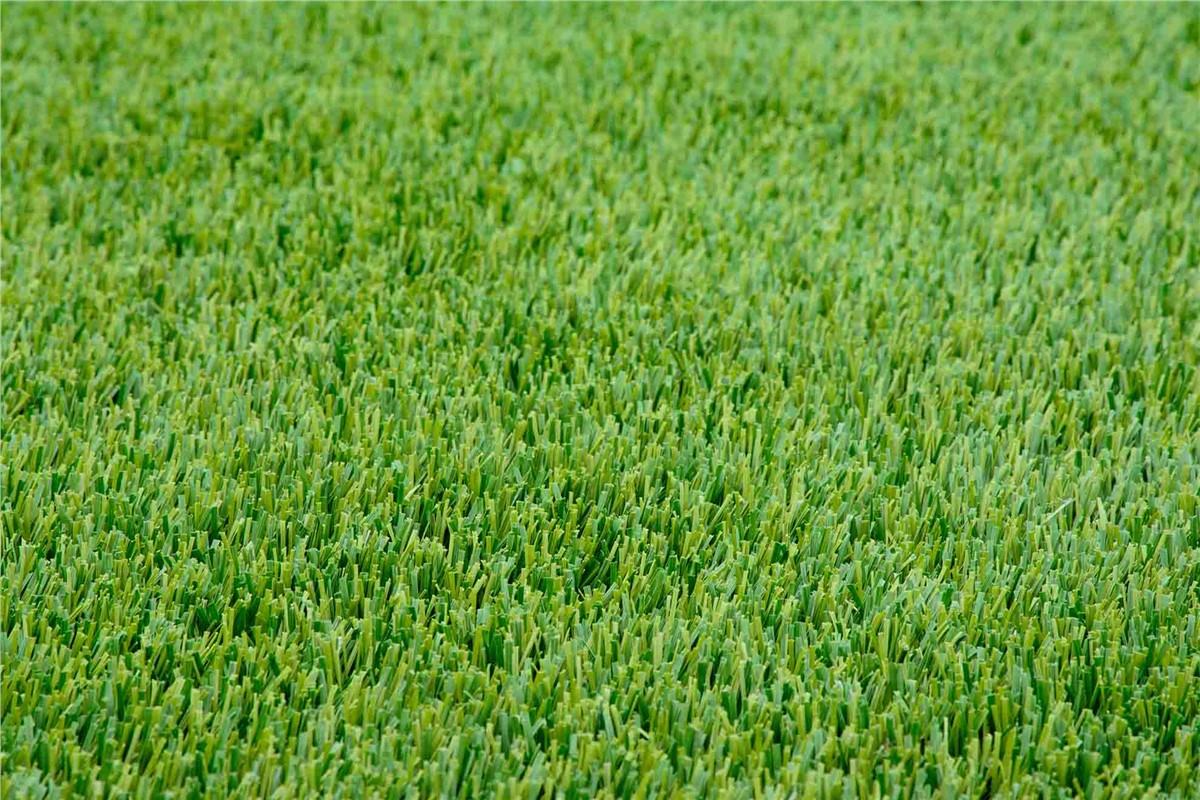
- Mowing: Regularly mow to promote healthy growth and prevent weed growth. Maintain a mowing height of 2-3 inches.
- Watering: Water deeply and infrequently to encourage deep root development and drought resistance. Apply 1-1.5 inches of water every 1-2 weeks during dry periods.
- Fertilization: Fertilize in spring, summer, and fall with a balanced lawn fertilizer containing nitrogen, phosphorus, and potassium. Follow label instructions for application rates and timings.
- Aeration: Aerate the lawn in early spring or late fall to improve soil drainage, oxygen levels, and root growth.
- Dethatching: Dethatching in late fall or early spring removes dead grass blades and thatch buildup, allowing air, water, and nutrients to reach the soil and roots.
- Weed Control: Spot treat or use a selective herbicide to control weeds in perennial ryegrass lawns. Avoid using broad-spectrum herbicides that can harm the turfgrass.
- Winter Protection: Proactively protect perennial ryegrass from winter damage by keeping the lawn mowed short, applying a light layer of mulch, and avoiding excessive watering.
Understanding Potential Challenges
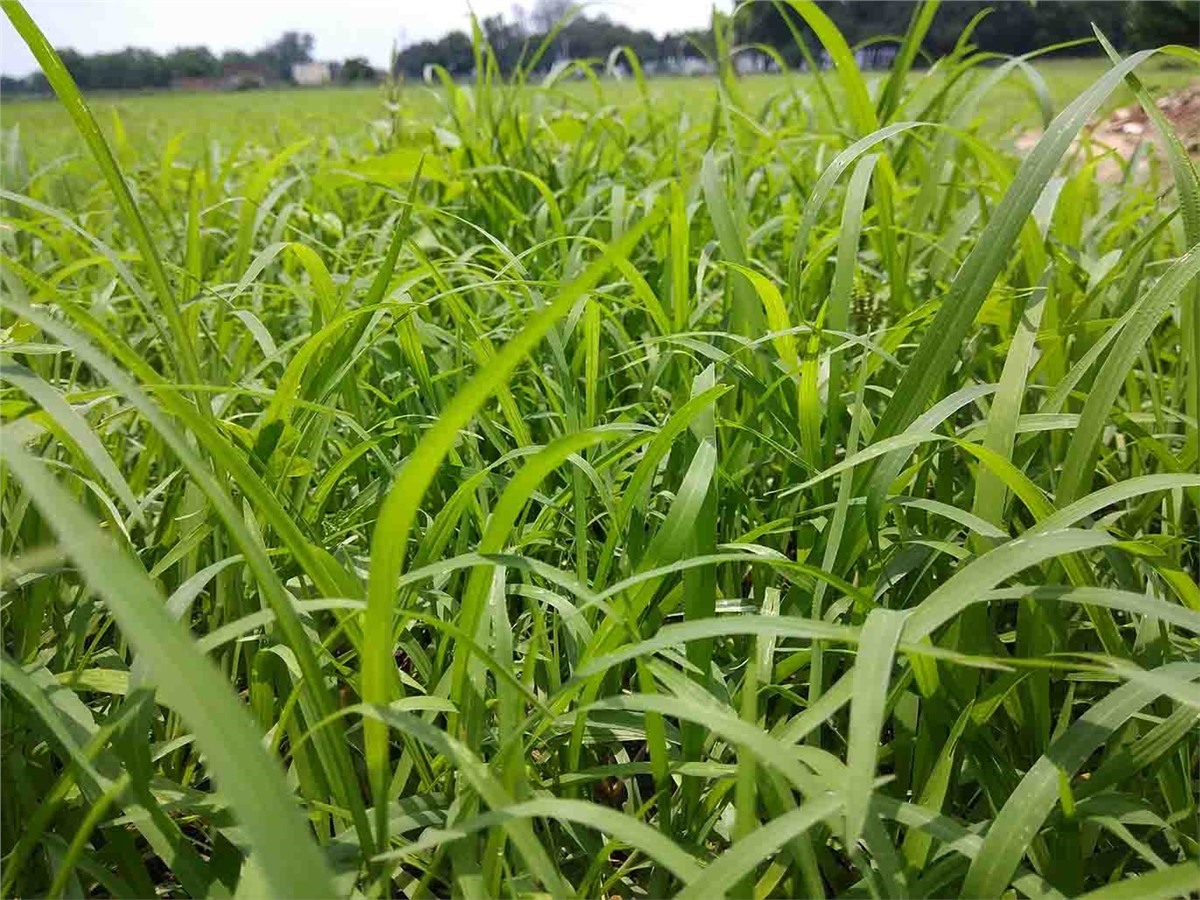
- Disease Susceptibility: Perennial ryegrass can be susceptible to fungal diseases like brown patch and dollar spot. Early detection and preventative measures are crucial.
- Nitrogen Dependence: It requires more nitrogen than other turfgrasses to maintain its vibrant green color. Over-fertilization can harm the environment and promote disease.
- Coarse Texture: Compared to Kentucky bluegrass, it has a slightly coarser texture.
Several perennial ryegrass varieties exist, each with different characteristics and tolerances. Consult your local nursery or extension service for guidance on choosing the variety best suited for your climate, soil conditions, and desired lawn characteristics.
Enjoying Your Perennial Ryegrass Lawn
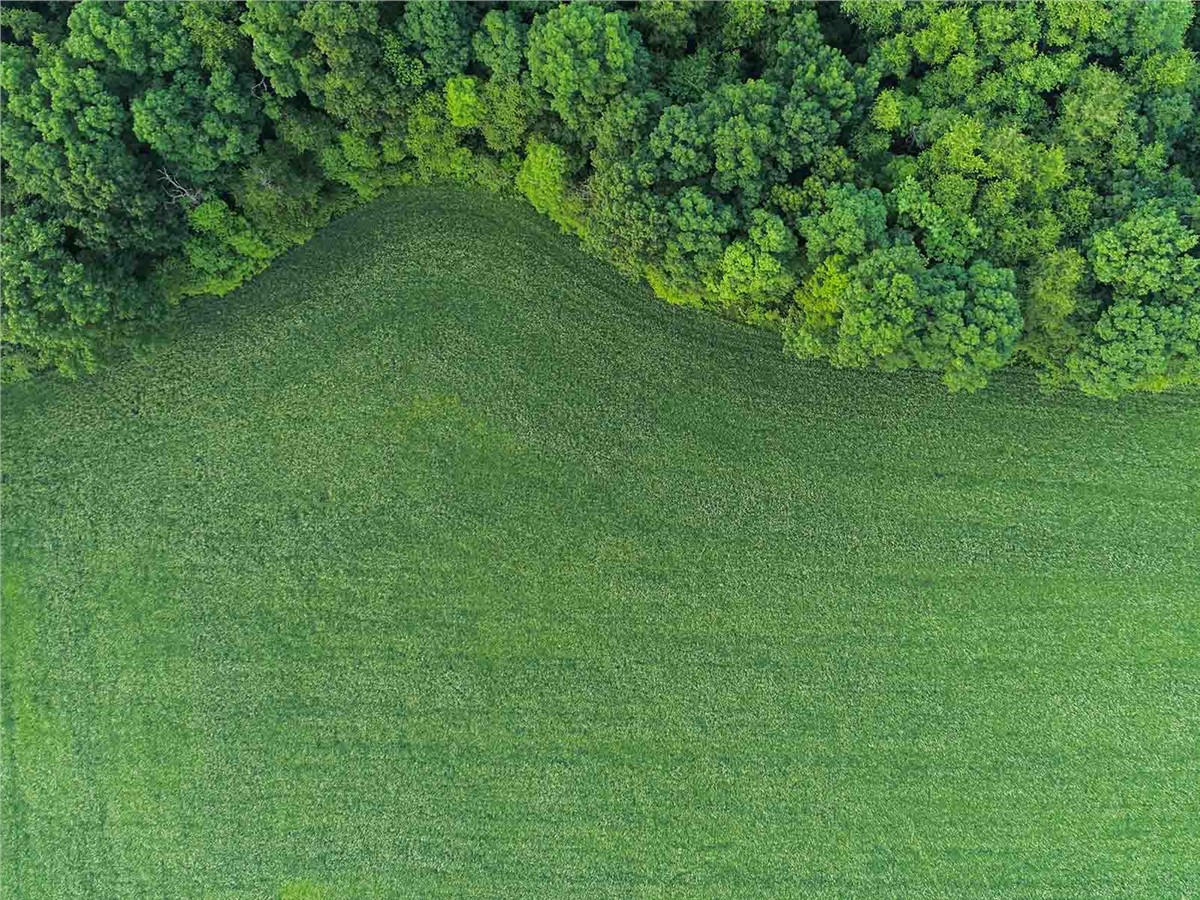
- Create Comfortable Spaces: Utilize your lawn for outdoor activities, gatherings, and relaxation.
- Host Lawn Games & Events: Engage in fun activities like lawn games, barbecues, and outdoor movie nights.
- Appreciate The Aesthetics: Enjoy the natural beauty and freshness of a healthy, green lawn.
- Embrace Sustainable Practices: Implement eco-friendly lawn care practices to reduce environmental impact and save resources.
- Seek Professional Assistance: Consult a lawn care professional for tailored advice, pest and disease management, and seasonal maintenance plans.
By following these guidelines and understanding its potential challenges, homeowners can establish and maintain a healthy, visually appealing, and functional perennial ryegrass lawn that adds value and enjoyment to their property. Remember, consistent care, proactive measures, and professional advice when needed are crucial for achieving a lawn that thrives year-round.
Subscribe to Simple Lawns's Blog




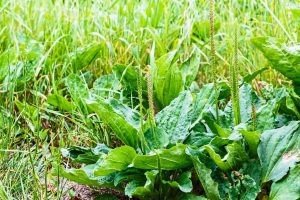
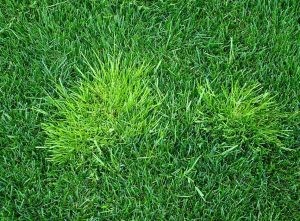
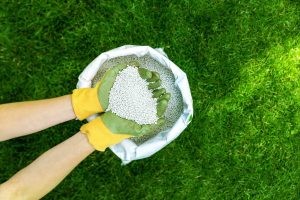
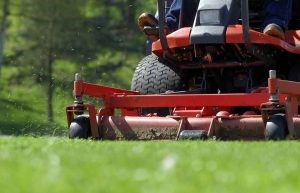

Comments